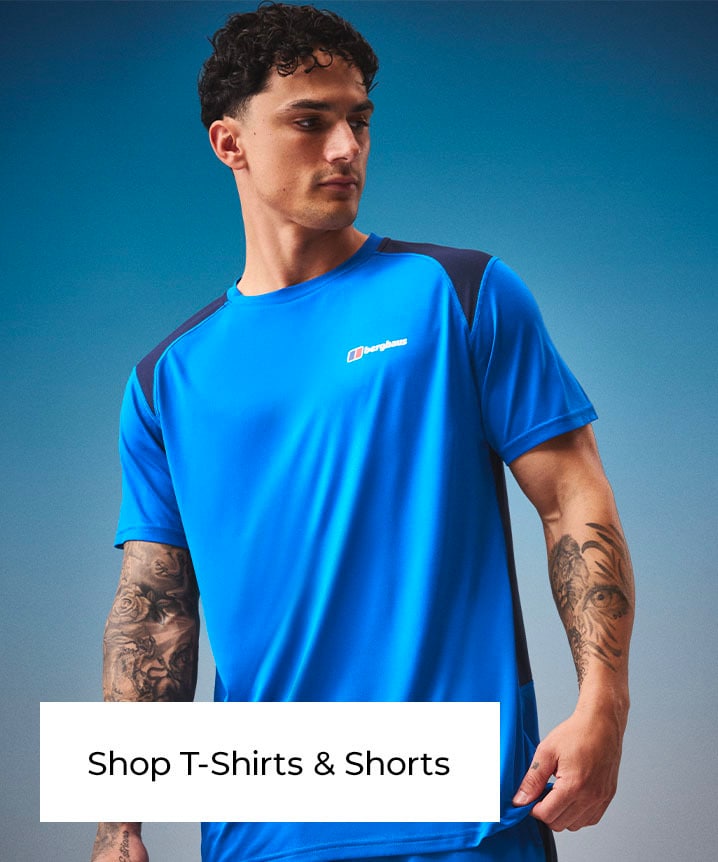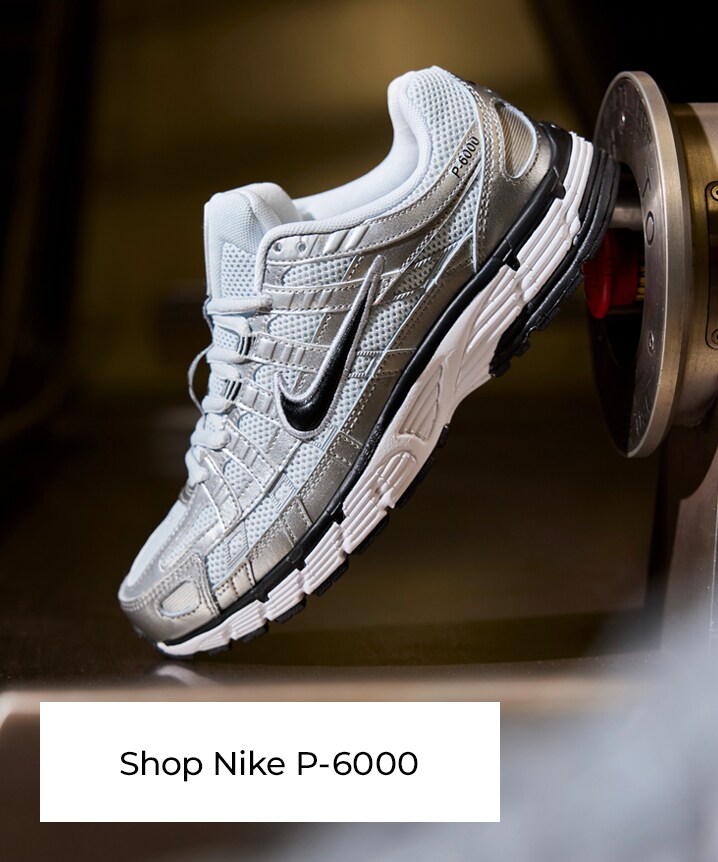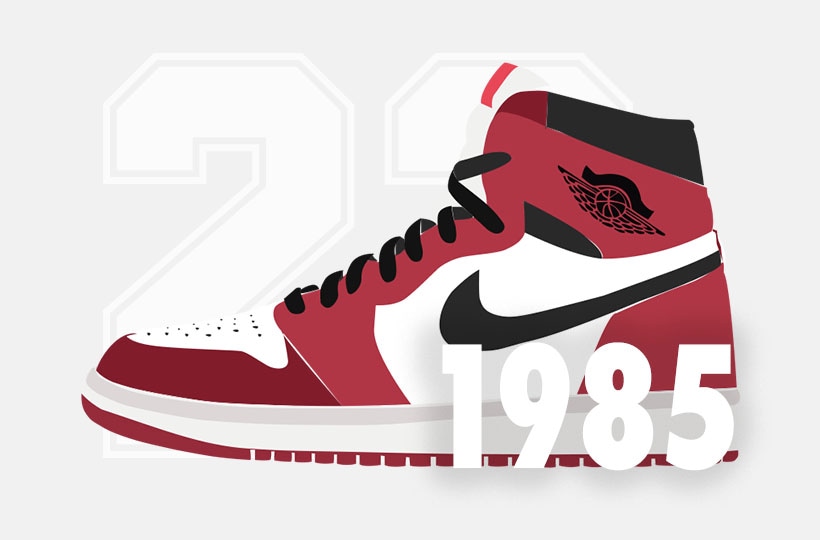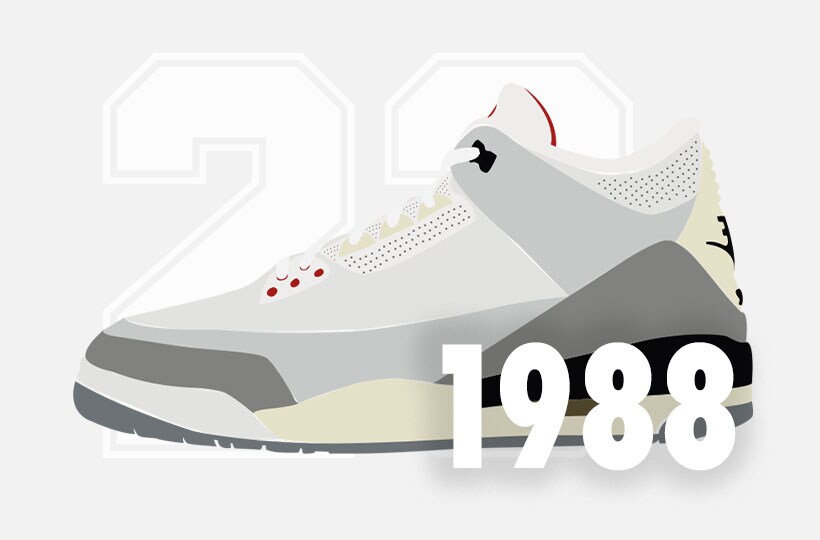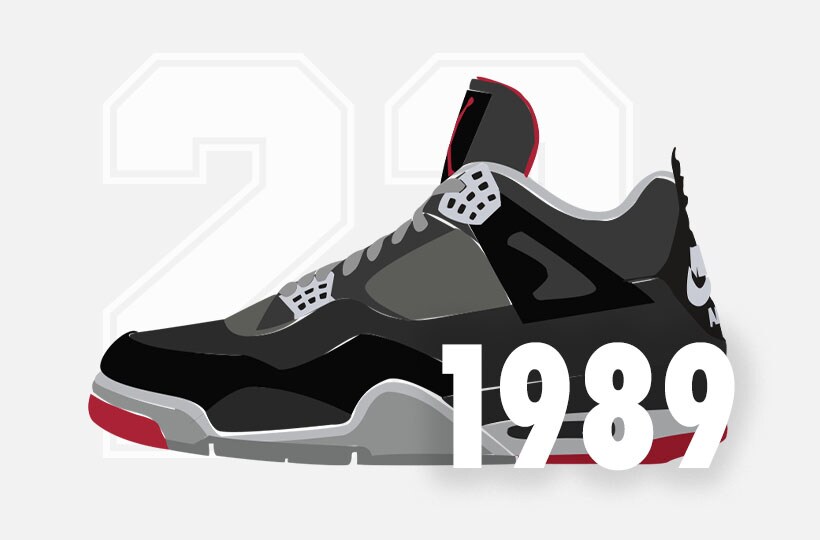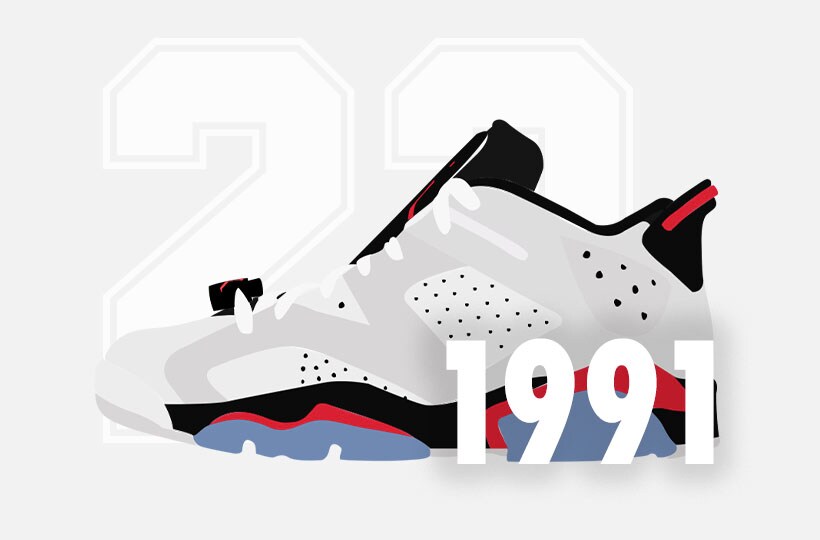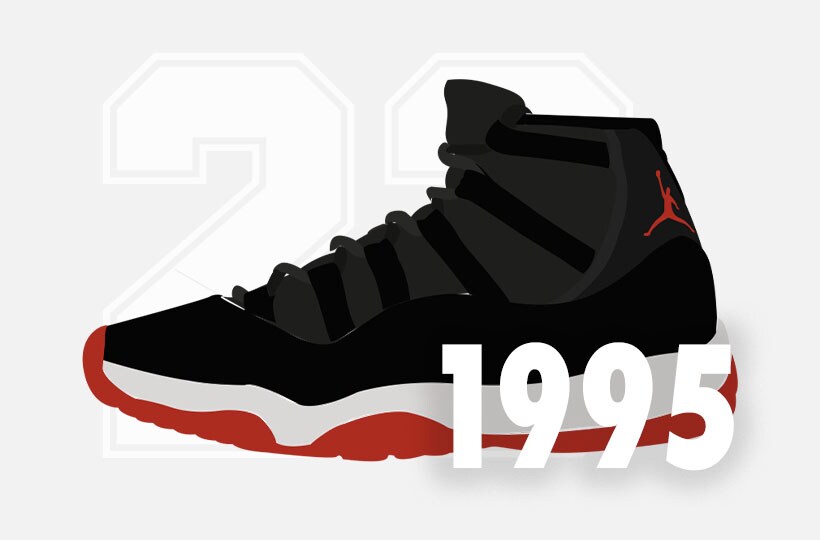TRI-SETSMenWomenKidsJust LandedTrendingBrandsAccessoriesCollectionsSaleThe LowdownRewards PricesFind a storeTRI-SETS
Men's Footwear
New Men's Footwear
Trainers
Slides & Flip Flops
Boots
Shoes
Slippers
Terrace Footwear
Trail Footwear
Performance Footwear
View all
Men's Clothing
New Men's Clothing
T-Shirts
Shorts
Windbreakers
Swim Shorts
Vests
Hoodies
Tracksuits
Woven Pants
Denim Jeans
Activewear
Shirts
Jog & Track Pants
Cargo Pants
Gilets
Quarter Zips
Sweatshirts
Jackets & Coats
Loungewear
View all
Men's Accessories
New Men's Accessories
Water Bottles
Caps & Hats
Bags
Underwear
Socks
Gloves & Scarves
Sunglasses
Shoe Care
View all
Collections
Nike P-6000
Nike Air Force 1
Nike Air Max 90
Nike Tech Fleece
Nike Sets
Nike Dunk
New Balance 1906
New Balance 2002R
New Balance 9060
Monterrain Form
Monterrain Lyder
Berghaus Theran
Berghaus Wayside
adidas Originals Campus
adidas Originals Handball Spezial
Women's Footwear
New Women's Footwear
Trainers
Slippers
Slides & Sandals
Boots
Vintage Footwear
Performance Footwear
View All
Women's Clothing
New Women's Clothing
Tops
Shorts
Hoodies
Knitwear
Loungewear
Leggings
Jackets & Coats
Jog & Track Pants
Tracksuits
Activewear
Quarter Zips
Sweatshirts
Gilets
Cargo Pants
Denim Jeans
Dresses
Skirts
View All
Women's Accessories
New Women's Accessories
Water Bottles
Socks
Bags
Caps & Hats
Gloves & Scarves
Shoe Care
Lifestyle
View All
Collections
adidas Originals Handball Spezial
adidas Originals Samba OG
adidas Originals Campus
adidas Originals Firebird
adidas Originals Gazelle Bold
Nike P-6000
Nike Training
New Balance 530
New Balance 9060
New Balance Athletics Club
Monterrain Glide
Birkenstock Arizona
Stanley Quencher
Puma Arizona
Kids' Footwear
New Kids' Footwear
Junior (Sizes 3 - 6.5)
Infant (Sizes 10 - 2)
Nursery (Sizes 3 - 9)
Slides & Sandals
School Trainers
All Black Footwear
View all
Junior Clothing
Boys' Clothing
Girls' Clothing
New Kids' Clothing
T-Shirts
Shorts
Swim Shorts
Hoodies
Jog & Track Pants
Woven Pants
Tracksuits
Jackets & Coats
Gilets
Loungewear
Sweatshirts
Track Tops
View all
Collections
Nike Air Force 1
Nike P-6000
Nike Dunk
New Balance 530
New Balance 9060
adidas Originals Samba OG
adidas Originals Campus
adidas Originals Gazelle
adidas Originals Handball Spezial
Montirex Trail
Montirex Trek
Monterrain Bolt
Monterrain Ramble
Crocs Classic Clog
Converse All Star
Under Armour Tech
adidas Originals
adidas Originals Campus
adidas Originals Handball Spezial
adidas Originals Samba OG
adidas Originals Gazelle
Adidas AdiZero
Adidas Firebird
New Balance
New Balance 1906
New Balance 2002R
New Balance 9060
New Balance Athletics Club
New Balance 530
Mens Sale
Clothing
Jacket & Coats
Hoodies & Sweatshirts
Tracksuits
T-Shirts
Joggers
Activewear
Shorts
Jeans
Woven Pants
Swimwear
Accessories
View All
Womens Sale
Clothing
Jackets & Coats
Hoodies & Sweatshirts
Loungewear
Tops
Joggers
Activewear
Shorts
Jeans
Leggings
Skirts
Cargo Pants
Accessories Sale
View All
Kids Sale
Junior Clothing
Boys Clothing
Girls Clothing
Nursery Clothing
Junior Footwear
Infant Footwear
Nursery Footwear
Accessories
View All
Men's Footwear Sale
Trainers
Sandals & Slides
Size 6
Size 7
Size 8
Size 9
Size 10
Size 11
Size 12
Size 13
Size 14
View All




